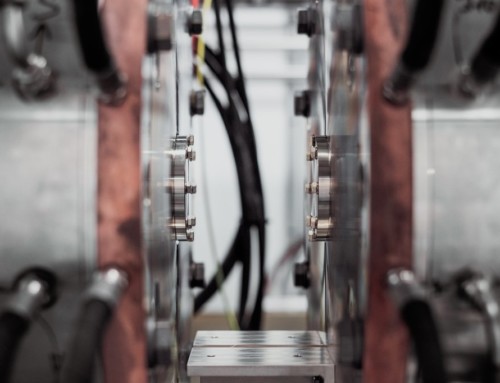
Gezira Irrigation cotton plants. Image credit MIT
ZIMSEC O Level Geography Notes:Agriculture:Farming types in Africa:Gezira versus Lowveld Irrigation schemes
Gezira Irrigation Scheme
- Is one of the largest irrigation schemes in the world
- It is found int the state of Al Jazirah in Sudan
- It is located at the confluence of the two Nile rivers the Blue and White Nile
- It is close to the capital of the country Khartoum
- The project was started by the British Colonial governmetn of Sudan and Egypt
- Water is taken from the Blue Nile by the force of gravity and flows to the fields
- The clay soils of the area minimises loss by seepage
- Cotton was first grown at Gezira since 1904
- Sennar Dam was built as a reservoir in the 1920s
Similarities between Gezira and Zimbabwe’s Lowveld Irrigation Schemes
- The similarities between the Gezira and the S.E Lowveld irrigation schemes are fewer than the differences but still a few can be found from both a physical and socio-economic point of view.
- Environmentally, both lie in a semi-arid climate with a long dry season of 9 months and a short 3 month wet season.
- As a result, the vegetation is thorn bushes and baobab trees.
- Both have rich volcanic soils, Gezira ones coming from the Ethiopian Highlands and S.E Lowveld soils being the product of the weathering of basalt rocks into clays.
- The schemes lie on vast expenses of gently tilting land, allowing for gravity flow of water to the fields.
- The areas had low population densities due to the harsh environmental conditions.
- Both schemes have each a large scale commercial components as well as an indigenous outgrowers’ component.
- Roads and rails have been built linking the irrigation schemes with markets.
- Industries have grown up on both schemes to process the agricultural products produced, ginneries on the Gezira and sugar mills in the S.E Lowveld.
Differences
- The differences between the two, however, far outweigh the similarities.
- Ownership is different in the sense that, the Gezira belongs to government and is run by the Gezira Management Board.
- This board leases land to tenants who work on the land and sell their produce to the board.
- On the other hand, ownership of schemes in the S.E Lowveld of Zimbabwe is varied.
- Some belong to the Agricultural and Rural Development Authority (ARDA) for example Sikato, Nandi and Chisumbanje while others belong to Transnational Corporations for example Hippo Valley belongs to Anglo-American Corporation.
- Triangle belongs to the Swiss-based Nestle company.
- Outgrowers in the S.E Lowveld buy their own farms unlike the leasing in the Gezira.
- The Gezira scheme relies on only two rivers, the Blue Nile and the White Nile, while the S.E Lowveld relies on far too many large and small rivers.
- The Gezira only has two dams, the Sennar and the Jebel Aulia dams, whereas the S.E Lowveld has very many dams.
- The Gezira relies mainly on canal and flood irrigation, the S.E Lowveld not only has this but also uses overhead sprinkler irrigation.
- The Gezira produces only one commercial crop cotton, while the S.E Lowveld produces sugar cane, cotton, wheat, maize, coffee, fruits and beef.
- Farmers on the Gezira produce millet and livestock for subsistence while the S.E Lowveld has a commercially viable cattle industry.
- The Gezira is one continuous extensive entity of over 500 000 ha with two extensions, the Manaquil extension and Gumuiya, while the S.E Lowveld is made up of many relatively smaller areas of cultivation.
- The markets for the S.E Lowveld products are farther away in Harare, Bulawayo, Gweru and other towns compared to those of the Gezira.
- From the differences given above, it can be noticed that S.E Lowveld is more diversified in its farming activities than the Gezira scheme.
To access more topics go to the O Level Geography Notes page







